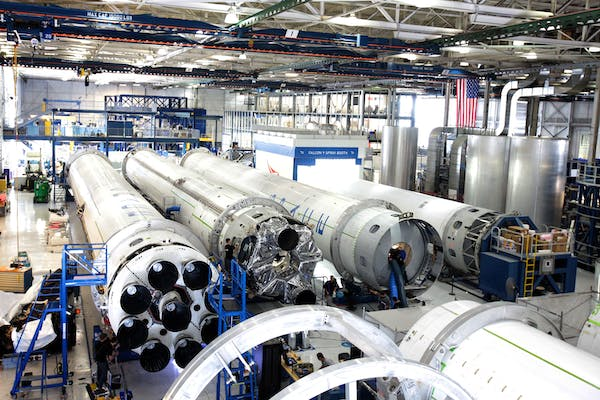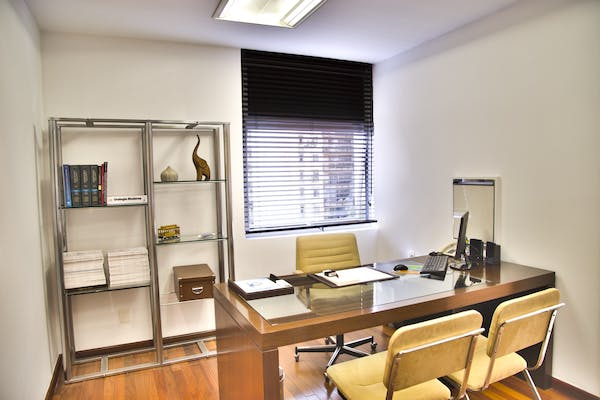Guests at London’s Royal Albert Hall have begun to breathe easier now that the famous performance hall has made the change to an adiabatic cooling system. As a result, everyone from performers, to the audience, to the staff enjoy cooler conditions and report that the entire atmosphere within the Hall is more enjoyable than it was before the installation of the adiabatic system. The two areas that enjoy the maximum amount of cooling relief from the system are the stage and the lower auditorium, though benefits are felt throughout the entire building.
Why need a Change
The decision to update the cooling system occurred after patrons complained of health problems health problems related to overheating while taking in performances. These problems ranged from bouts of dizziness to stomach cramps, to coordination problems. As the complaints mounted, the management realized the four duty standby temporary chillers and condenserless chiller were no sufficient. It was time to explore other options.
The Adiabatic System Found in the Royal Albert Hall
It was eventually the best cooling system for the famous performance has was an adiabatic system. The decision resulted in the installation of a six Güntner adiabatic coolers that had the ability to provide the entire establishment with 800 kW worth of cool air.
The internal temperature within the performance hall decreases when the ambient air temperature changes. The adiabatic cooling system creates this change with a system of fans and copper cooling tubes. Adiabatic cooling systems work by using a fine water spray to pre-cool the air as it’s drawn through the cooling tubes. As the water in the tubes evaporates, the internal temperature in the building decreases.
Averting Health Risks
The biggest concern many had regarding an adiabatic system in the hall was the potential possibility of water-borne illness contaminating performers and guests. The management works closely with the team responsible for installing the system and ensure a variety of safety protocols. The most impressive safety feature is how an adiabatic control box and spray system are designed. For this reason, when the water in the pipes moves, preventing stagnant water from building up in the pipes. As a result, it greatly reducing the risk of water-borne bacteria from growing. The entire system conforms with ACOP L8 safety legislation.
As a rule, adiabatic cooling systems are quite safe, but as a precaution, the system in the Royal Albert Hall will shut down if a problem develops.
Why Select the Adiabatic Cooling System
It’s likely that the management considered several different points before deciding to go with the Adiabatic system. One of the main reasons they choose this system is the design. It is very flexible and a safe cooling system. Moreover, it’s a method of cooling that’s very effective in Grade 1 buildings.
In addition, to keep insides of the building comfortable, the new system is environmentally friendly. The design of the cooling system only turns on when the internal temperature within the building reaches a certain point. It functions on far less energy than it takes to power dry air cooling systems. Since the copper tubes resist corrosion, repairs are minimal.
Adiabatic cooling systems aren’t just for famous performance halls. They’re also an excellent choice for restaurants, warehouses, office buildings, and even homes. In addition to being more comfortable than buildings that have dry cooling systems, people who live or work in buildings equipped with adiabatic cooling systems inhale less dust and are less likely to develop respiratory issues.
To learn more about adiabatic cooling systems, contact us today.





